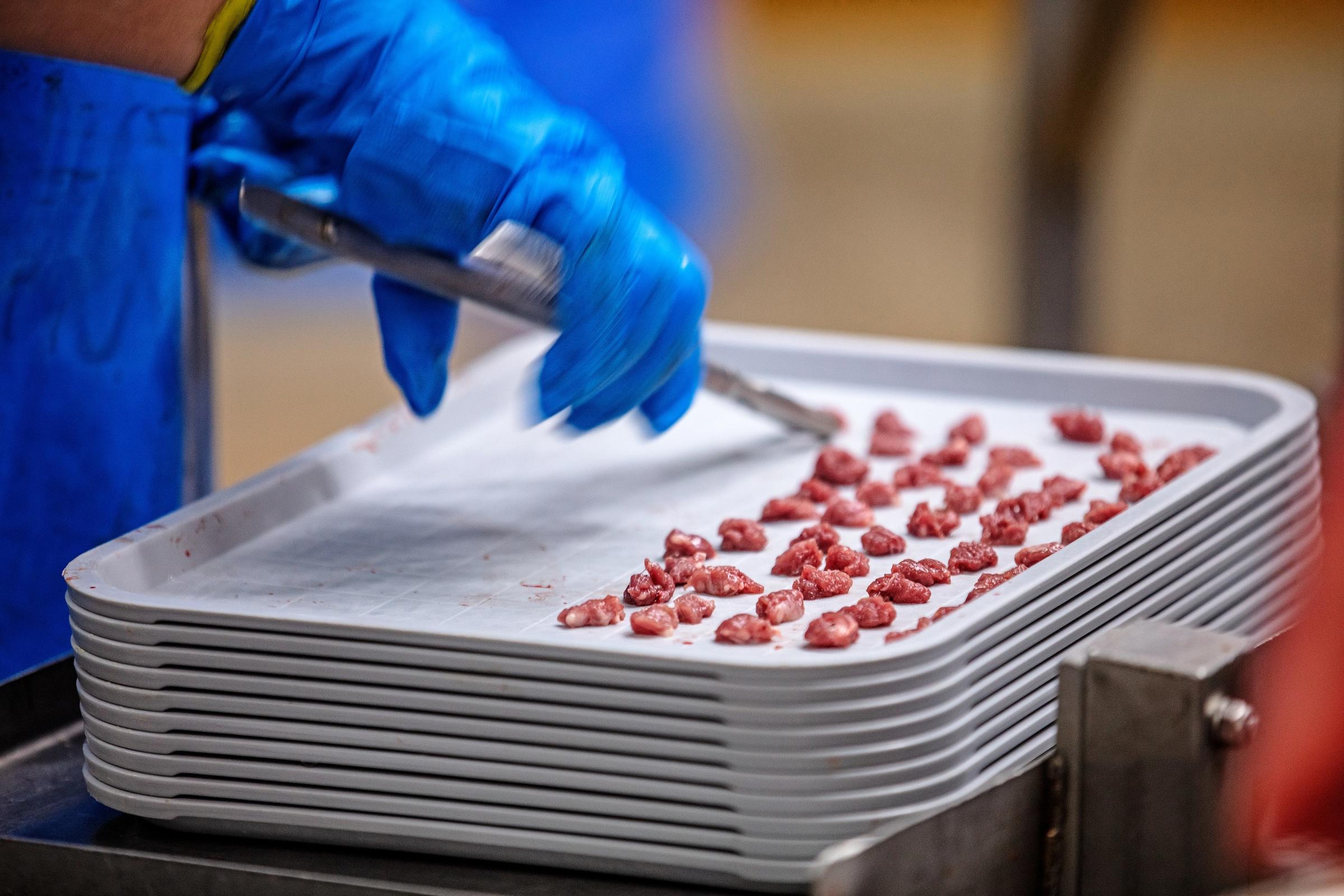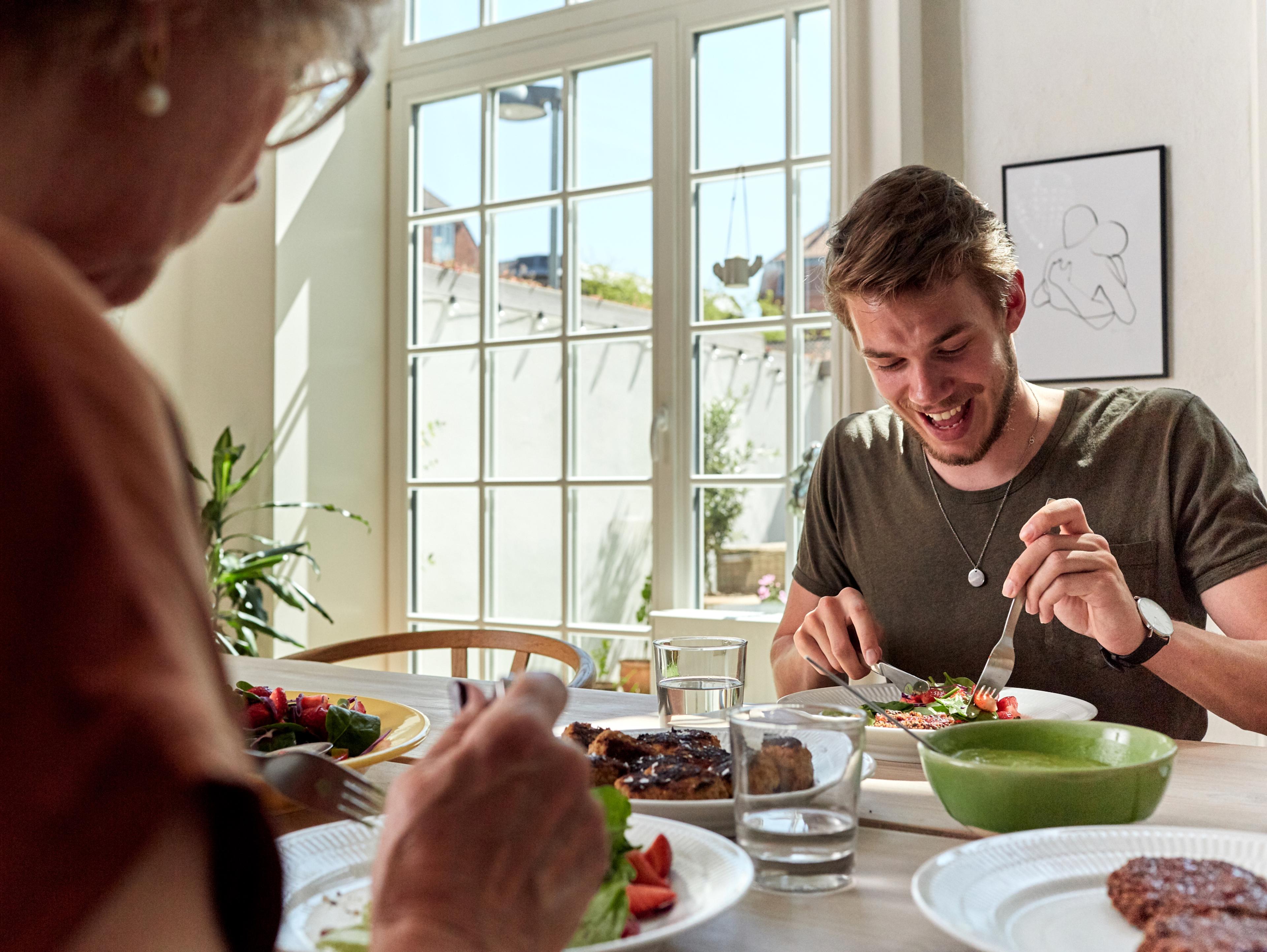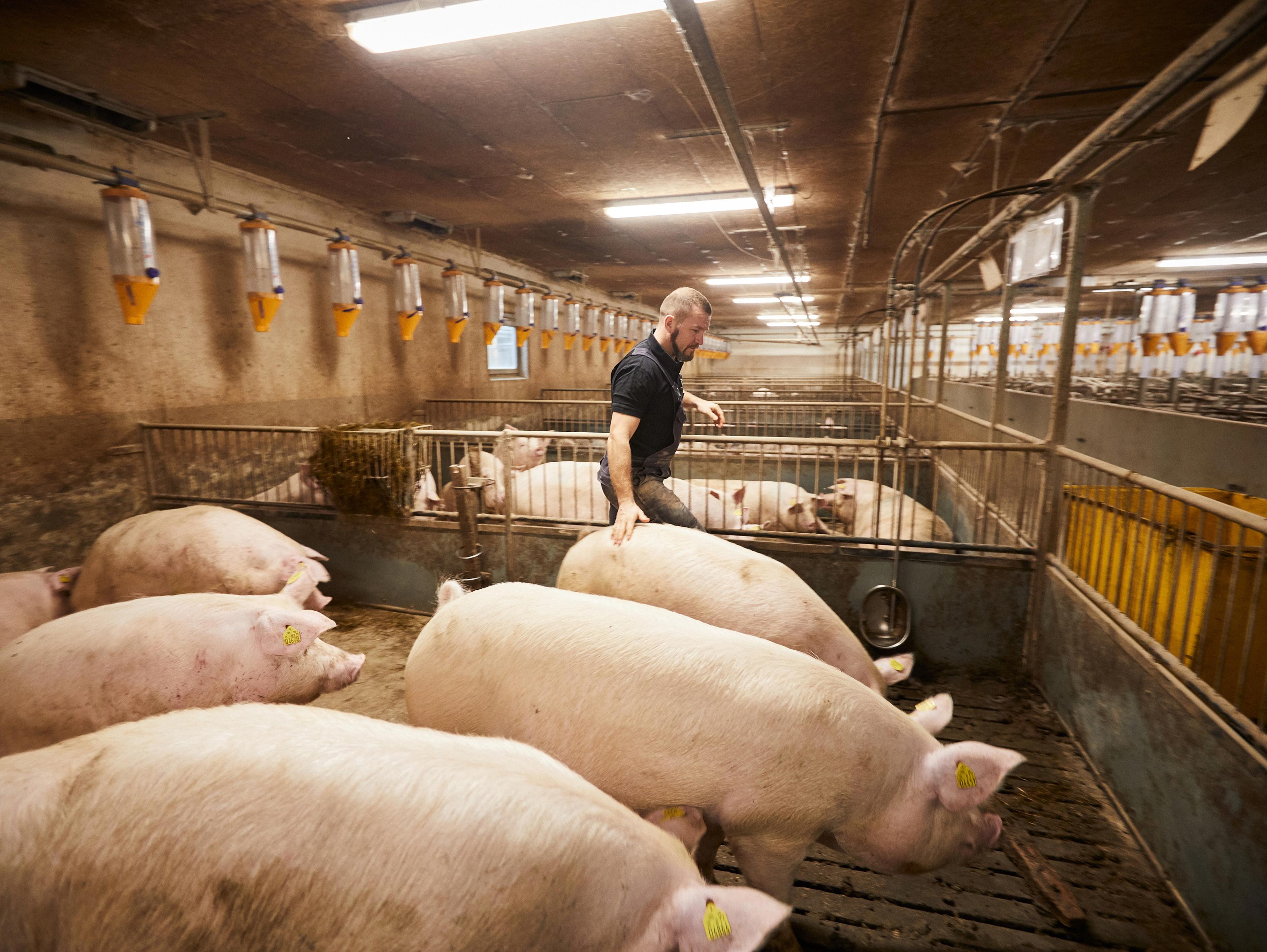Danish veterinary controls at both farms and abattoirs are among the strictest in the world – and are important for meeting consumer demands for safe and healthy food.
The key to Danish Crown’s success and size in the global market is that we have maintained a high level of food safety and quality in our production and products.
Denmark’s ability to keep highly contagious illnesses, such as foot and mouth disease, out of the country is a cornerstone of our export agreements around the world. That is also why we are right now carefully monitoring developments in African swine fever, which has never been detected in Denmark.
We have enacted a great number of measures to prevent an outbreak of the disease in Denmark. For example, all vehicles entering from risk areas must be washed before crossing the border, while information campaigns at roadside rest stops in border areas explain the risk of spreading the virus.
Companies are geared to ensuring optimal processing of the meat, and personnel undertake hygiene training so that production can be carried out with a high level of hygiene. An extensive and regularly updated in-house control system supervised by the Danish Veterinary and Food Administration has been launched to ensure this is carefully documented.
Salmonella levels in fresh meat from Denmark are among the lowest in the world – something achieved through the dedicated efforts of farmers and abattoirs.
Our facilities are designed to ensure optimum meat processing and our workers undergo hygiene training, to ensure that production takes place at a high level of hygiene.

How salmonella is handled in the abattoirs
Salmonella tests are performed on selected carcases in the abattoirs each day to continuously monitor the incidence of salmonella in fresh meat. These tests show whether each abattoir is adhering to the steady trend towards a lower incidence of salmonella in fresh meat. If the samples show a rising incidence, the slaughter process is analysed and adjusted to ensure the incidence of salmonella in fresh meat is as low as possible.
The incidence of salmonella in fresh meat from Danish Crown is about 1 per cent – a level that only a few countries in the world can match


